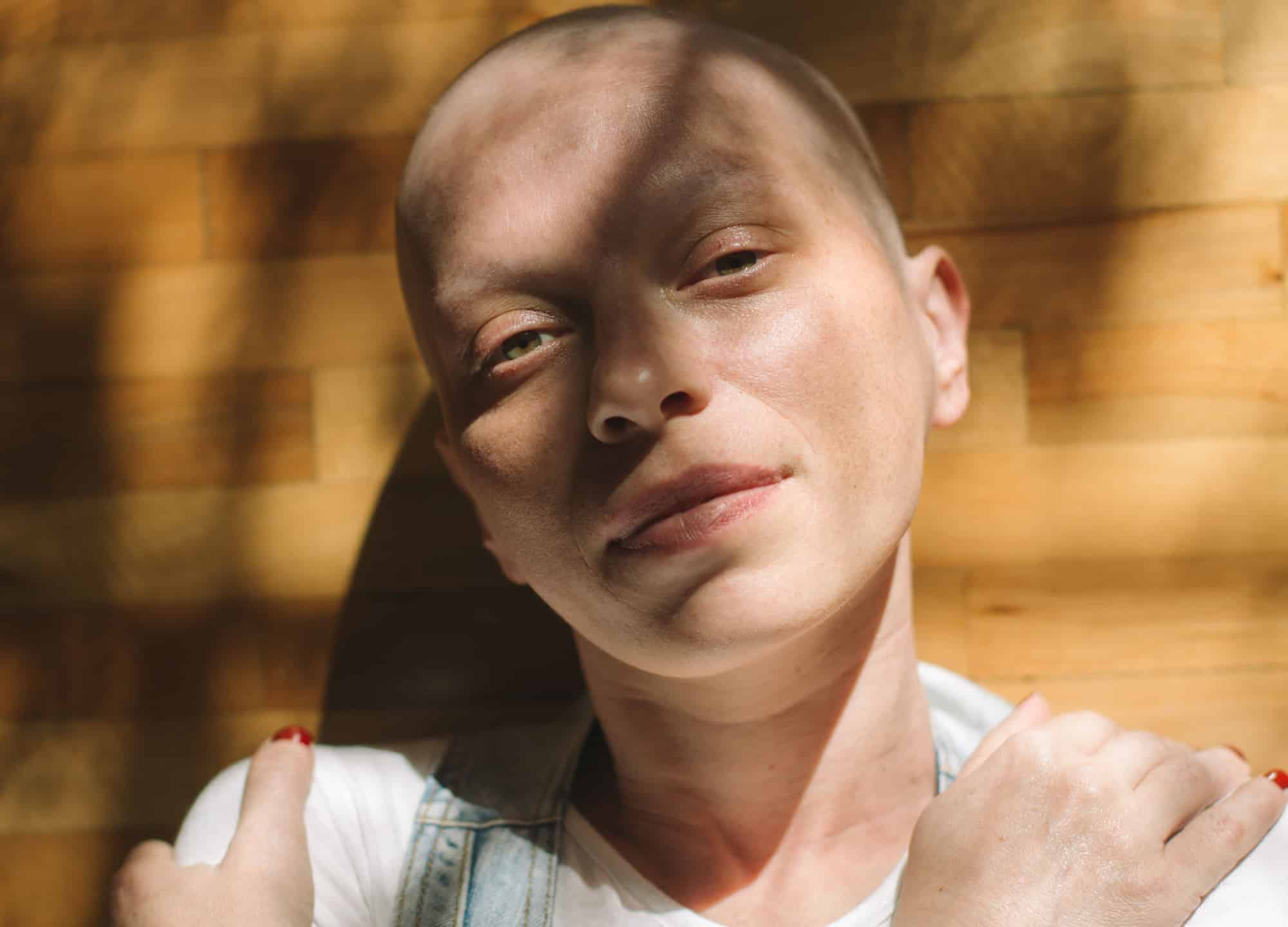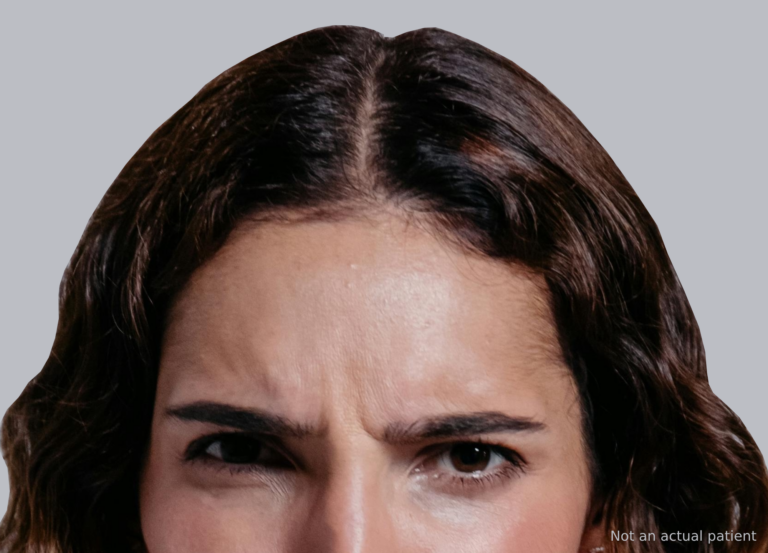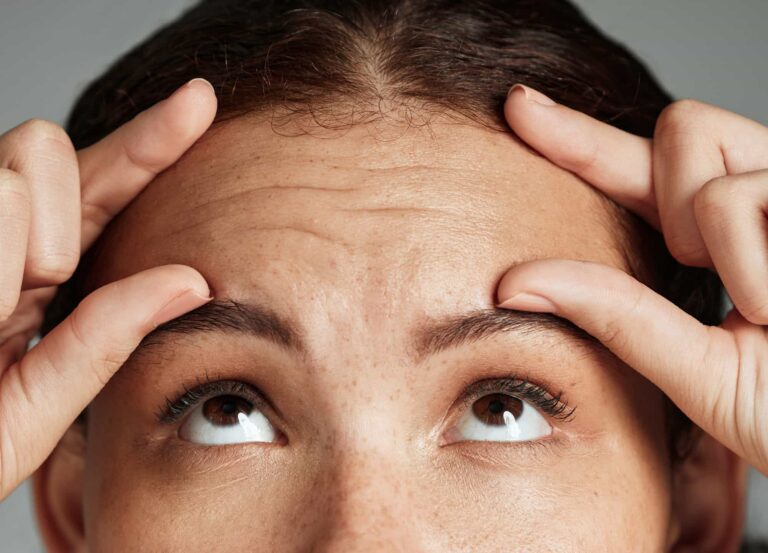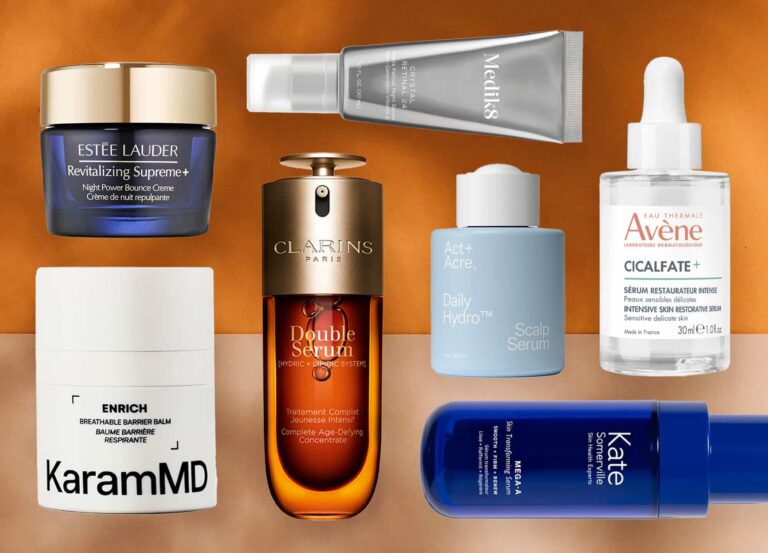No matter how aware you may be about different kinds of cancer or even how prepared you are for the possibility of it touching your life, it always comes as a surprise. And with that devastating news come additional surprises; for example, how you emotionally handle the diagnosis, how you feel throughout your care, and how your priorities change—or don’t.
If you’ve always been one to treat yourself to the occasional cosmetic procedure, you may find that you haven’t lost your desire to keep up those treatments during cancer therapies. In fact, with cancer and its treatments often taking an aesthetic toll, you may find your drive for beauty treatments to be even stronger.
Needless to say, cancer treatments like chemotherapy and radiation take significant precedence over aesthetic treatments, no matter how high a priority beauty may be. But while elective cosmetic surgery is completely off-limits, doctors say there are noninvasive beauty treatments that can coexist with cancer therapies.
“When patients are in active treatment for their cancers, the most important thing to assess is the state of their immune system,” says Dr. Manish Shah, a plastic surgeon based in Denver. “Working with their oncology physician, I make sure I have the green light to move ahead with elective treatments as long as the patient is not at increased risk of complications.” Below, doctors reveal which treatments are safe to get during cancer therapy and which to save until later.
What’s safe
Chemical peels
Dr. Morgan Rabach, a dermatologist in New York City, is very much in favor of certain treatments during this trying time. For example, superficial chemical peels—in which a gentle acidic solution is applied topically, to speed up cell turnover and consequently address acne scars, hyperpigmentation, rough texture and fine lines—is an option that won’t interfere with a patient’s cancer care. “These treatments make people [feel] better, more refreshed and [like] the best version of themselves,” says Dr. Rabach, who explains that mild chemical peels have “minimal downtime and discomfort and can truly make a big difference.”
Related: Chemical Peels: Beyond the Basics
HydraFacial
For a less invasive skin-boosting option, Dr. Rabach recommends HydraFacials, calling them “totally safe” for those going through chemotherapy. The facial, which is a medical-grade resurfacing treatment that gently sucks dead skin cells and debris off your face while also hydrating the skin with serums, takes only about 30 minutes and results in essentially no downtime. As with any facial, Dr. Rabach claims, HyrdaFacials can be a rather relaxing experience, giving patients a much needed psychological boost in addition to its complexion benefits.
Hyaluronic acid fillers
Dr. Rabach feels similarly supportive of hyaluronic acid–based injectables, such as Juvederm and Restylane, so long as the patient’s chosen practitioner goes above and beyond due diligence. “Small amounts of filler are OK during chemo or radiation, but the patient needs to be seen by a board-certified dermatologist or facial plastic surgeon, to decrease the chance of bruising and infection,” she says, noting that fillers can help restore facial volume in those who have lost a lot of weight. “There are special soaps we use for people who are immunocompromised [to clean the injection site] and also certain techniques, like the use of a cannula—which is a blunt, tubelike instrument used to decrease bruising.”
Dr. Shah echoes this cautiously optimistic approval of hyaluronic acid fillers, which can be used in areas like the lips, cheeks and nasolabial folds. “Hyaluronic acid filler injections should not pose a problem for patients on chemotherapy,” he says, reiterating that it’s imperative to make sure the injection site is especially clean and properly prepped with a surgical prep solution, to reduce surface bacteria.
What to avoid
Neurotoxins
But while fillers get the green light, not all injectables are encouraged during cancer treatment. Botox and other neurotoxin injections used to lessen the look of forehead and eye-area lines, while safe for the general population, pose a higher risk for cancer patients. “Neurotoxin injections are contraindicated in active cancer treatment, simply because you want to limit the chance that a weakened immune system would allow for propagation of the neurotoxin beyond its intended target areas,” says Dr. Shah. “The last thing you want to happen is for your patient to develop botulism.”
Related: What’s the Difference Between Botox, Dysport, Xeomin and Jeuveau?
Kybella
Kybella, which is used to reduce fat in small areas like under the chin, is another type of injection that should be avoided during cancer treatment because, Dr. Shah says, it works through chemically induced inflammatory destruction of fat cells. “Kybella carries a risk of chemical ulcer formation and tissue necrosis,” he says. “Both of these outcomes increase the risk of systemic infection and death in cancer patients.”
Furthermore, Kybella may simply make an already physically uncomfortable cancer patient feel even worse. “I would not recommend it, out of empathy for the comfort level of the patient,” Dr. Rabach says. “Kybella can have a lot of swelling and bruising after the treatment.”
Lasers
Another treatment Dr. Rabach encourages cancer patients to avoid, due in part to excessive discomfort: laser resurfacing. “[Treatments like] Fraxel are painful, and it may be too much to handle when otherwise not feeling the best,” she explains, adding that the possibility of infection is an even stronger reason to wait on resurfacing lasers. “Lasers make tiny zones of injury in the skin, and these little zones of injury, in some immunocompromised patients, are more likely to have complications like viral infections and bacterial infections.” In addition to it being harder to fight these infections while immunocompromised, Dr. Rabach says, they can also lead to discomfort and scarring.
Hair removal, though performed with a different type of laser than those used for skin resurfacing, should also be put on hold. “While laser hair removal is definitely safer than laser resurfacing, several chemotherapeutic agents make the skin more sensitive to light,” Dr. Shah says. “This means the risk for a burn is higher—so this treatment is contraindicated in active cancer treatment, in most instances.”
The bottom line
Ultimately, a responsible, board-certified dermatologist or plastic surgeon’s top priority is not only beautiful results but also their patients’ health and safety, which sometimes means saying no when someone undergoing cancer therapies requests certain cosmetic treatments. “I think it is great for patients to do things that make them feel better. Cancer therapy is a tough battle for most patients. However, the benefits of elective cosmetic procedures need to be weighed against the inherent risks,” says Dr. Shah. “It is always good for a patient to work closely with their oncologist to determine when the patient is safest for elective cosmetic procedures. If all parties are [on the same page], the chances of a safe cosmetic procedure being performed go up.”
But if your medical team isn’t on board with cosmetic procedures while chemotherapy or radiation is ongoing, that doesn’t mean you can’t do things that make you look and feel your best. “We encourage patients to practice overall good self-care,” says Dr. Rabach. “Sometimes a simple, luxurious mask or [other] skincare product can really lift the spirits.”











